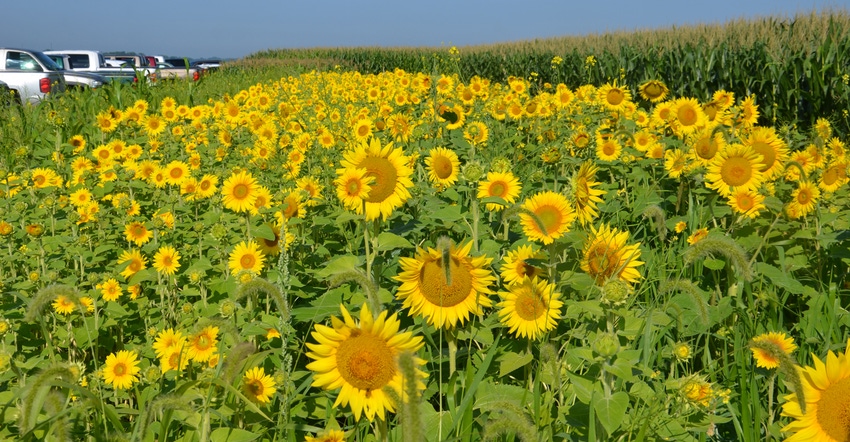January 1, 2018

Whether you believe in climate change or not, you can’t ignore facts. A recent report from 13 federal agencies says extreme weather events have cost the U.S. $1.1 trillion since 1980. This report also claims that humans are the dominant cause of the global temperature rise that has created the warmest period in the history of civilization.
The temperature data recorded by Roger Glick, Columbus, Ind., indicates similar warming trends during the last four years. There’s no doubt that temperatures in the Corn Belt have been rising slowly, and our growing season is becoming longer.
The federal report says that over the past 115 years, global average temperatures have increased 1.8 degrees F, leading to record-breaking weather events and weather extremes. The report was approved for release by the White House.
Inside look
Why are global temperatures rising? Climate scientists at NASA explain that ancient air bubbles trapped in ice enable us to see what Earth’s atmosphere and climate were like in the distant past. They’ve discovered that carbon dioxide levels are higher than they’ve been at any time in the past 400,000 years. This is before humans were roaming the Earth.
Scientists estimate that during ice ages, carbon dioxide levels were around 200 parts per million, and during the warmer interglacial periods, they were around 280 ppm.
In 2013, carbon dioxide levels were more than 400 ppm for the first time in recorded history. The recent persistent rise in carbon dioxide shows a consistent relationship with the use of fossil fuels by power plants and automobiles. It’s estimated that if the burning of fossil fuels continues at the current rate, and carbon dioxide continues to rise to 500 ppm, the atmosphere won’t be able to return to preindustrial levels.
Some climate scientists have claimed that the recent hurricanes and wildfires caused by drought and dry wilderness are the result of global warming. In the Corn Belt, we have already seen our growing season get longer and winters get warmer. That may not be a bad thing for us, but we may all pay for it because of extreme changes in our weather patterns.
What is the punch line of this story? Whether you believe it or not, we can’t dismiss such reports as the work of Mother Nature only. We must take some responsibility for these environmental changes. What can farmers do to minimize global warming?
Cover crop solution
I have a solution that will help reduce carbon dioxide in the atmosphere, release oxygen, capture soil nutrients and improve organic matter content in the ground. Plant cover crops on every acre you can! It is really a no-brainer.
You will be a good steward of not only your land, but also the environment by reducing carbon dioxide and global warming. You don’t have to spend a lot of money, seed, fertilizer and extra time to do this.
Marshall Alford, a grower in southeastern Indiana, has planted cover crops for years. Look for more on Alford’s methods coming soon.
Nanda is president of Agronomic Crops Consultants LLC. Email him at [email protected], or call 317-910-9876. Editor’s note: The opinions expressed here concerning global warming are those of the author’s and do not necessarily represent the views of Farm Progress publications.
About the Author(s)
You May Also Like






